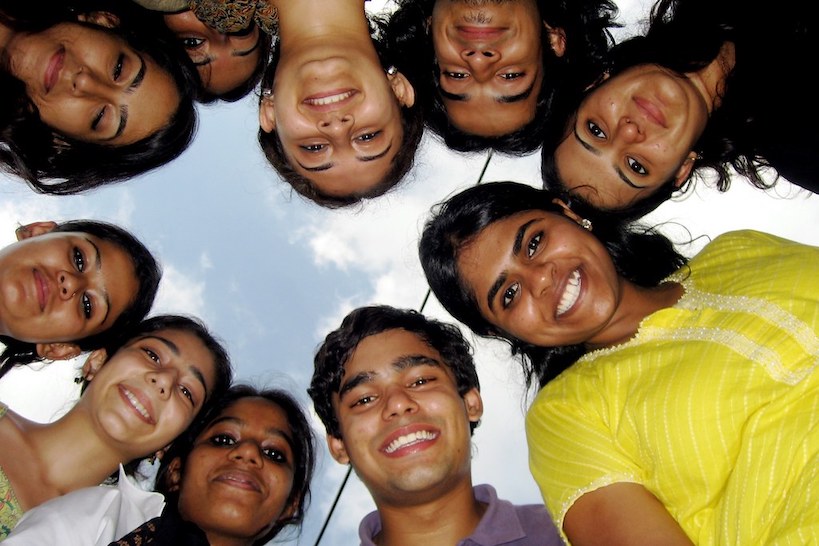Teach a Man to Fish: How Entrepreneurship Can Be A Solution for Youth Unemployment
Related Articles
Queen Victoria’s Ghost Still Runs Mumbai—And It Shows!
Mumbai handles a municipal budget exceeding ₹52,000 crores annually—larger than the GDP of several small nations. Yet this megacity of 20 million souls operates...
सांभर फेस्टिवल 2025 का भव्य शुभारंभ राजस्थान की संस्कृति, रोमांच और पर्यटन का उत्सव
राजस्थान की ऐतिहासिक और प्राकृतिक धरोहर सांभर एक बार फिर वैश्विक पर्यटन मानचित्र पर चमक रही है। 27 दिसंबर से 31 दिसंबर तक आयोजित...
Forget Pakistan — Bangladesh Is Where India Is Actually Losing the Great Game
When Sheikh Hasina's plane lifted off from Dhaka in August 2024, it wasn't just the departure of a prime minister—it marked the potential unraveling...



 Neeraj Ahuja is part of the senior leadership team at Transform Rural India. Neeraj leads the mass rural entrepreneurship program and Global Opportunity Youth Network program in TRI to catalyze economic opportunities for rural youth at scale. Neeraj has been a part of the Prime Minister’s Fellows Program before joining TRI where he worked closely with community and district administration in one of the left-wing extremism-affected districts in India. Neeraj was also part of the ICICI Fellowship where he worked closely with Gram Panchayats to bring accountability and transparency to the governance and functioning of Panchayats. Neeraj has a post-graduate degree in Development Practice from the Tata Institute of Social Sciences, Mumbai, and Bachelor in Electronics and Communication Engineering from RGTU, Bhopal.
Neeraj Ahuja is part of the senior leadership team at Transform Rural India. Neeraj leads the mass rural entrepreneurship program and Global Opportunity Youth Network program in TRI to catalyze economic opportunities for rural youth at scale. Neeraj has been a part of the Prime Minister’s Fellows Program before joining TRI where he worked closely with community and district administration in one of the left-wing extremism-affected districts in India. Neeraj was also part of the ICICI Fellowship where he worked closely with Gram Panchayats to bring accountability and transparency to the governance and functioning of Panchayats. Neeraj has a post-graduate degree in Development Practice from the Tata Institute of Social Sciences, Mumbai, and Bachelor in Electronics and Communication Engineering from RGTU, Bhopal.